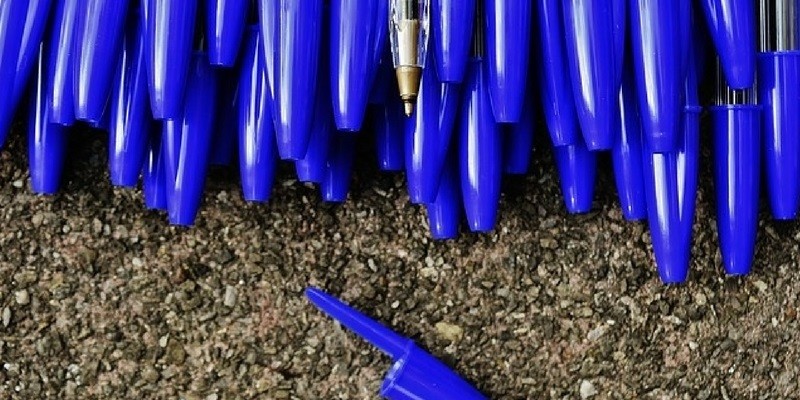Reverse Auction technology is one of the best aspects of e-procurement. It allows both buyers and vendors to get the best deals possible for their respective companies in a competitive but fair environment. But do you really know that much about reverse auction technology? In case you don’t, we thought we’d give you an overview of insider knowledge about the process and some quick tips to help you get the most from it.
What Is A Reverse Auction?
Reverse Auction is where suppliers bid for a contract to supply a buyer. Traditionally, reverse auctions meant that prices to supply went down instead of the traditional rise in prices you’ll see at a normal auction. However, in recent years this hasn’t always been the case. In some environments, price is very sensitive and therefore prices do go down, but in some circumstances, quality and added value items speak more than price.
This has solved problems on both sides. When the price was the only factor, some buyers found themselves paying more due to hidden contract stipulations. It doesn’t sound right, but it did happen. Therefore, in recent years other factors such as delivery schedules, quality control, and other aspects have become part of the process.
The technology behind reverse auctions can help collect bids and manage them. The biggest advantage of using technology is that it saves time, resources, and allows for an easier award process. What used to take months, can now take weeks.
Secrets Of Reverse Auction Technology
There are many secrets behind reverse auction technology. With this information, you can navigate the process more easily and make better-informed decisions that can help your business to save money to invest in its growth.
Firstly, it’s important to know that reverse auctions are normally hosted on another server other than your own. There are three levels of the software (full service, self-service, and a hybrid of the two). These three formats describe the amount of administrative and technical support provided by a reverse auction host.
In a proper and effective reverse auction, you don’t want to be dealing with unqualified suppliers. Therefore, all bidders should be pre-qualified. This should be done via a Request For Information (RFI). This is a great tool where you’ve sent information about the potential contract to potential suppliers. They should have responded with what they can supply and why they’re qualified.
An RFI should be submitted to all potential suppliers so you can weed out the unsuitable suppliers. Then you can use the software to start an e-auction (another name for a reverse auction).
A reverse auction can last from anything between 15 minutes to an entire day. The more competitors you have bidding, the longer the process is likely to be. It’s always best to have more competitors than a shorter time if you want a really good deal. After all, the more competitors there are, the greater the flexibility you can get in supply terms.
Potential bidders are given advanced warning of the auction, so they can prepare themselves for the offers they can give.
The Bidding Process
During the bidding process, the competing suppliers can view and respond to other competing bids. This stops buyers from telling other bidders incorrect terms being offered and allows for the process to flow faster. Buyers can also communicate directly with individual bidders during the process.
This is an important aspect of the process. If you want the best deal, you need to communicate directly with the bidders and discuss certain aspects of their bid you aren’t happy about. Remember that it isn’t always about price. Sometimes you need to talk about delivery times, costs, and quality control. These are just as important as price when it comes to the successful conclusion of a reverse auction.
Are You Ready For A Reverse Auction?
If you need more information about the procurement process, then why not speak to a member of our team. We’ll be happy to help.
You may also be interested in 10 Procurement Process Improvements That Will Have a Powerful Impact











